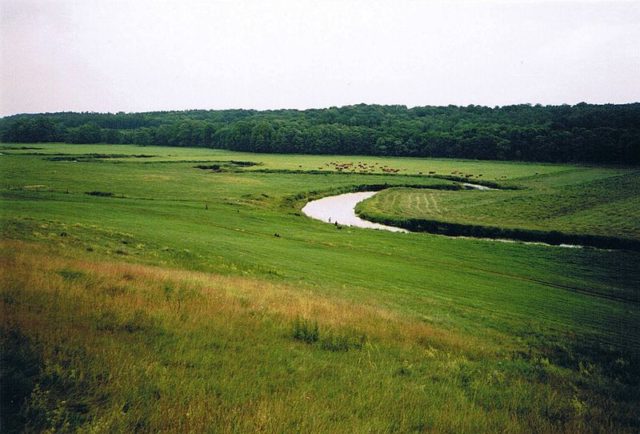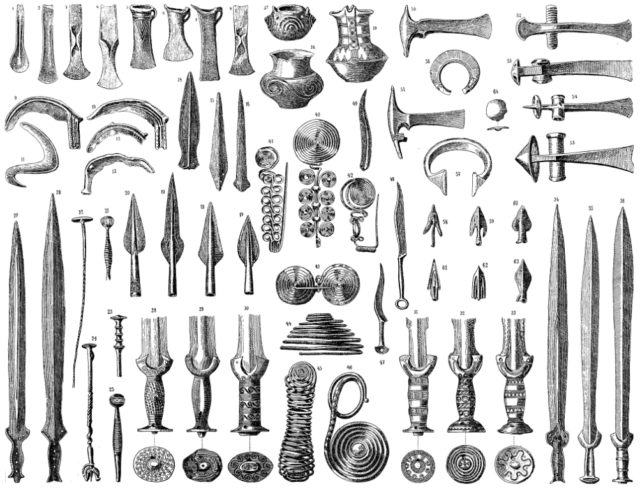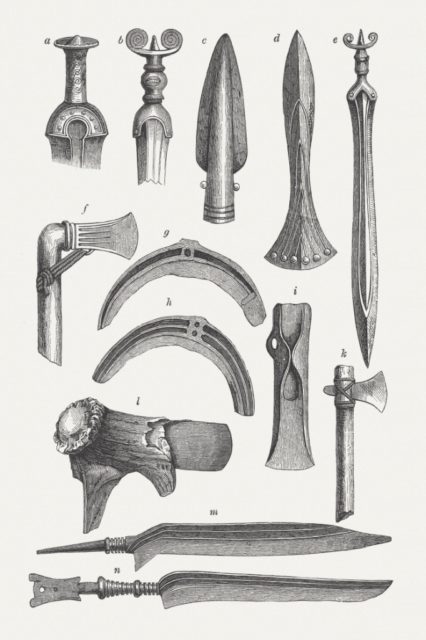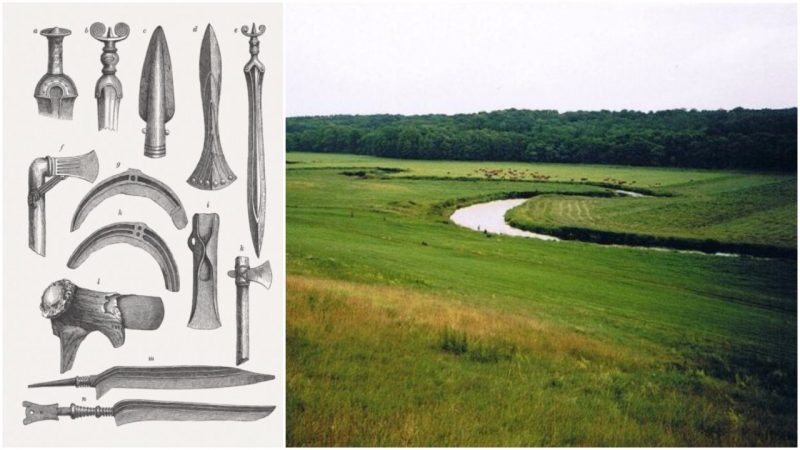Researchers studying Europe have long had some amazing Bronze Age weapons in their possession, from axes and halberds to daggers and swords, but not a clear sense of the scope of warfare in the 2nd century BC. That’s changing, after a study of the oldest known battlefield, in Tollense Valley, Germany, concluded that the battle was between two distinct groups of men between the ages of 20 and 40, with some of the fighters coming from quite a distance to fight.
It was by analyzing the bones and teeth of the bodies–about 130 men were unearthed–that scientists were able to make deductions about what happened 3,250 years ago.
“The human remains found along the Tollense Valley in northeastern Germany represent an archaeological find of major importance,” concluded the new study, “Multi-isoptope provenancing of human remains from a Bronze Age battlefield in the Tollense Valley.” The research was conducted by the University of Copenhagen, the University of Wisconsin-Madison, the Lower Saxony State Office for Cultural Heritage, and other academic and cultural groups.

Up to now, the assumption has been that any fighting in Northern Europe during this period was along the lines of local skirmishes, not trained armies clashing, in contrast to what was happening in Asia and Africa. For example, the Battle of Kadesh in 1274 BC between the armies of the Egyptians and the Hittites made use of at least 5,000 chariots, according to archaeologists.
But this study of a site in Europe is making scientists and historians rethink that assumption. “Two major groups can be distinguished in the isotope data, along with evidence for different homelands for some of the individuals who died in the Tollense Valley,” according to the study.
The world had its first inkling of a major battle taking place in that part of Germany in the 1980s, after locals found daggers, knives, and then a few human skulls. In 1996 an amateur archaeologist found an arm bone with an arrow piercing it that was sticking up out of the ground, according to LiveScience.

Serious research commenced in 2007. “Significant quantities of material from the Bronze Age” were discovered, including a skullcap with an arrowhead deeply buried in it. Along with the bodies of the men, researchers found remains of horses, and knives, arrowheads, spearheads, daggers, and sword fragments. Based on the number of corpses found, and using a historical formula for the number of casualties in battles of this time, researchers believe 2,000 men fought at Tollense.
Interestingly, excavations in 2013 and 2014 also found earth, timber and stone foundations of a nearby causeway built in the Bronze Age that “may have served as a focal point of the battle.” The causeway was still in use as late as the 14th century.

Analyzing the bone and teeth of the human remains allowed the scientists to determine that a distinct number were not local. For more than 20 years, scientists have been using isotopic provenancing of teeth to analyze ratios of lead, strontium, oxygen and carbon. They concluded that two different groups fought at Tollense “based on childhood diet.” One group is definitely a local one. As for the non-local group, it “involved a diverse group of warriors.” Dietary evidence points to Central Europe as the origin of the other group, with their strongest theory being northern or central Bohemia, what is now the Czech Republic.
“The non-local combatants are not from northern Germany and must have traveled long distances to reach the battlefield at Tollense,” the study concludes.
Based on their knowledge of fighters in later battles, it is distinctly possible that the second group was made up of trained soldiers for hire–in effect, mercenaries.
“This time, in 1300 B.C., was also marked by cultural upheaval in Central Europe, when new ideologies were coming in from the Mediterranean with the start of the Urnfield culture (named for the way the dead were cremated and buried in urns),” according to an article on the study in LiveScience.
